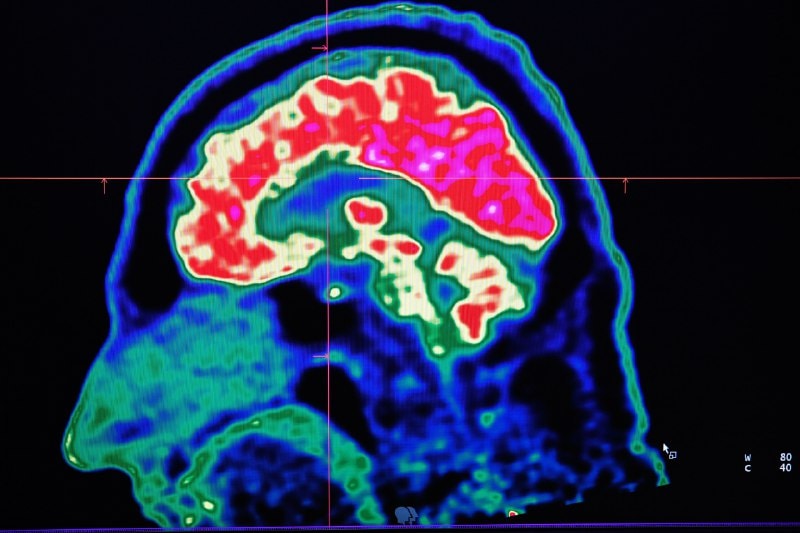People with misophonia find it difficult to tolerate certain noises. Typical examples are popping, chewing, swallowing, repeated clicking or even rubbing noises. It is a very common condition, affecting 6 to 20% of individuals. But what happens in the brains of people with misophonia and why do sufferers overreact to these particular noises? To shed light on these aspects, a new study from the University of Newcastle has thought of it, according to which researchers the key to this reaction lies in a hyper-connection of some brain areas, in particular the auditory cortex and areas of the ventral premotor cortex. that regulate the movement of the face, mouth and throat.
The details of the study
deepening
Amazon, slower brain aging in indigenous population
To come up with the thesis of their study, published on the pages of the specialized journal “Journal of Neuroscience”, the researchers analyzed the noise responses of a sample of 75 people, using a series of brain scans. From the data collected, it emerged that in subjects suffering from misophonia there is greater communication between the auditory cortex and the motor control areas related to the face, mouth and throat, although the response of the same is similar to the rest of the sample. In particular, the analysis showed that these specific areas of the brain were strongly activated by disturbing sounds, but not by other types. “What surprised us is that we also found a similar pattern of communication between the visual and motor regions, reflecting the fact that misophonia can also occur when it is triggered by a visual stimulus,” explained Sukhbinder Kumar, among the study authors.
The so-called “mirror system”
All this, added the expert, has led researchers to believe “that this communication activates what is called the ‘mirror system’, which helps us to process the movements made by other individuals by activating our brain in a similar way” . On the basis of what has been examined, the scholars therefore believe “that in people with misophonia the excessive involuntary activation of the mirror system leads to a sort of sensation that the sounds produced by other people intrude into their bodies, outside their own control “, explained the researcher. It is interesting to note, concluded Kumar,” how in some cases we can reduce the symptoms, imitating the action that generates the annoying sound: the use of this knowledge can also help us to develop new therapies, “he said.
.
